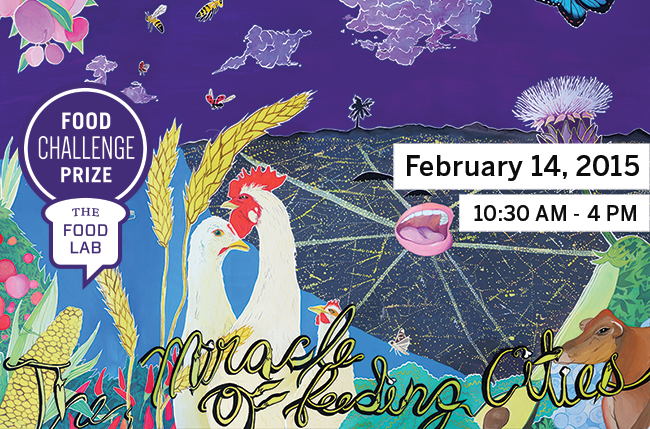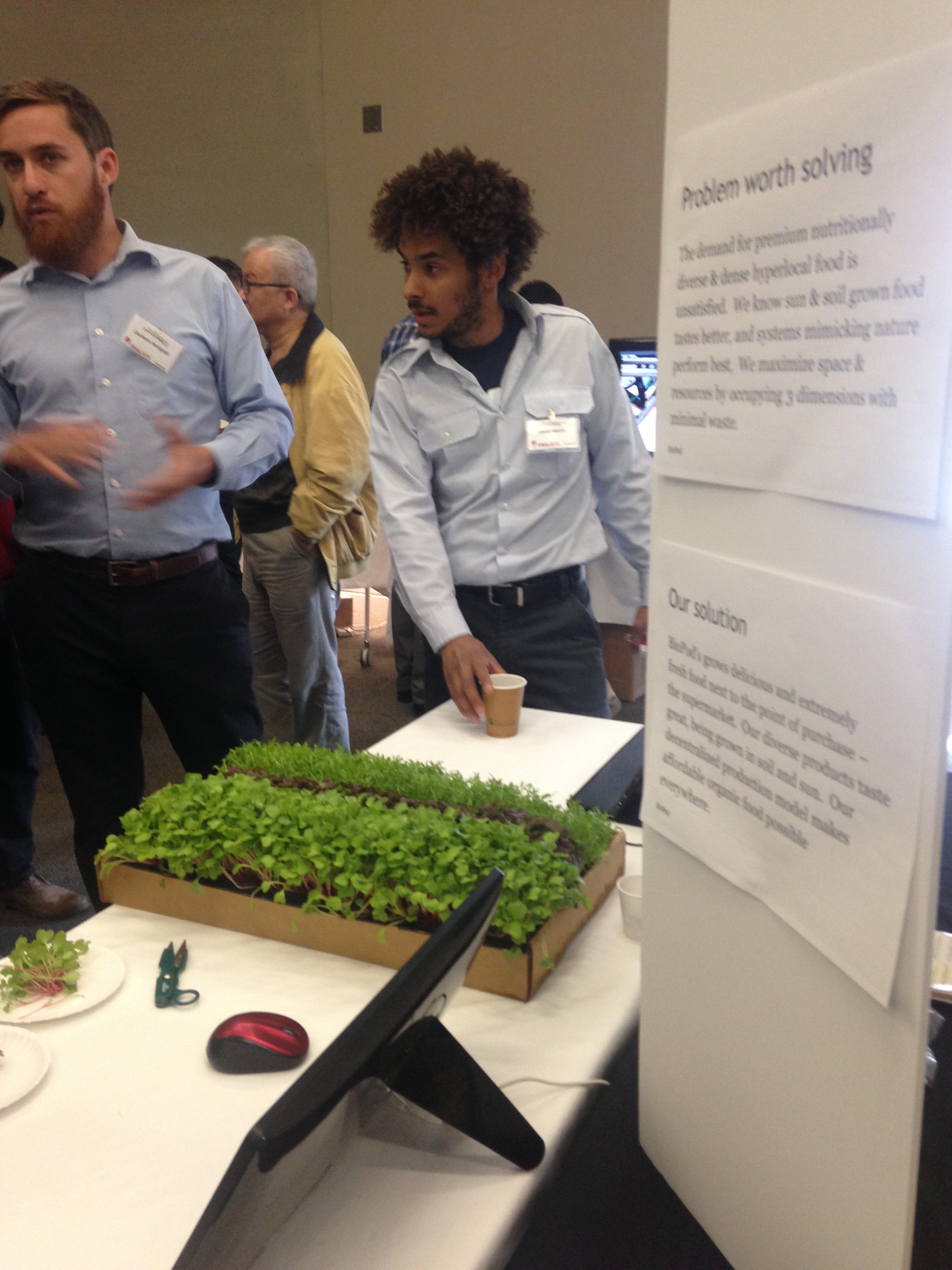When I was a kid, my parents decided to host some of my dad’s graduate class for a special dinner. The Brazilian students were a little homesick, so my mom opted to create a traditional meal, feijoada.
This being “the Dark Ages” (pre-Internet), I have no idea where she got the recipe, but I remember her search for and triumph in finding the necessary exotic ingredients. Two stood out: manioc root and kale. We had never seen either. The resulting black bean stew, made with this weird, green, leafy vegetable and topped with white powder, made a huge impression on me. Who ate this stuff?!?
The question 40 years later is, who doesn’t eat this stuff? Kale became the “it” veggie a few years back; I’m not sure that manioc (cassava) has quite taken off yet. Today, I will eat kale two different ways: blended in my breakfast smoothie and as a side salad at dinner (see recipe below). Makes me wonder; what will I be eating 40 years from now?
Future of Food: Organics, Cricket Flour, Deliveries, & Robots
 The Food Lab at UT recently held a Food Challenge, where “food entrepreneurs” competed for $30,000 in prize money. Twenty semi-finalists gathered to present their pitches and products to the judging panel; the field was narrowed to the top ten, who then gave a 5-minute fast pitch; and the overall winner, plus winners in each of four categories (Healthy Eating and Food Education; Processing, Packaging and Safety: Inputs and Production; Storage and Distribution), were announced.
The Food Lab at UT recently held a Food Challenge, where “food entrepreneurs” competed for $30,000 in prize money. Twenty semi-finalists gathered to present their pitches and products to the judging panel; the field was narrowed to the top ten, who then gave a 5-minute fast pitch; and the overall winner, plus winners in each of four categories (Healthy Eating and Food Education; Processing, Packaging and Safety: Inputs and Production; Storage and Distribution), were announced.
I was quite captivated by the presentations. Though the judges and I had some different opinions, we agreed on Aspire US (winner in the Healthy Eating and Food Education category). This Creedmoor-based farm produces crickets for flour. Crickets make a great protein, take little space, and are completely used in production. Several Austin establishments (in.gredients, Salt & Time) already use the company’s flour. I tried some cricket granola — by another entrant, Hopper Food, who is dedicated to “normalizing” eating insects — and it was tasty. Yeah, I’d go there.

I’m not sure what the appeal was behind Sereneti Kitchen (Processing, Packaging and Safety). Their device is designed to automate home food preparation — it’s a machine with a robotic arm that “emulates humanistic cooking movements.”
Couldn’t my own arm make those movements? The necessity of this application wasn’t clear to me, and it seemed to be further (and needlessly) processing home food preparation.
CitySprout (Storage and Distribution) took advantage of today’s obsession with online availability, creating a marketplace that connects local farmers/food manufacturers with their client base. The overall winner, Ten-Acre Organics, is working toward patterns for ten-acre, productive farms that can then be replicated in cities all over the world.
Smitten Kitchen= Best Kale Recipe Ever
 Deb Perelman, whose blog and cookbooks are published under “Smitten Kitchen,” has created, hands-down, the best kale recipe I’ve ever eaten. We simply can’t get enough of it.
Deb Perelman, whose blog and cookbooks are published under “Smitten Kitchen,” has created, hands-down, the best kale recipe I’ve ever eaten. We simply can’t get enough of it.
Whenever we get kale or radishes in our farm share box, I make this salad. It’s a go-to that never fails to please.
There are only a few ingredients, so I usually have everything I need on hand. This salad takes mere minutes to throw together.
The Dijon-based dressing is light and flavorful. I’ve used all different types of kale, and substituted dried cranberries for the cherries. My husband prefers it without the cheese. We also tend to use more kale, radishes, and pecans than the recipe calls for, as I like a lighter dressing (that amount stays the same). It tastes even better as a leftover. Delicious!
If you want the recipe, you’ll need to buy the cookbook; it’s not on the website. But I promise, it’s an investment you won’t regret.
The Smitten Kitchen Cookbook by Deb Perelman




0 thoughts on “Fab Foods for Friday”